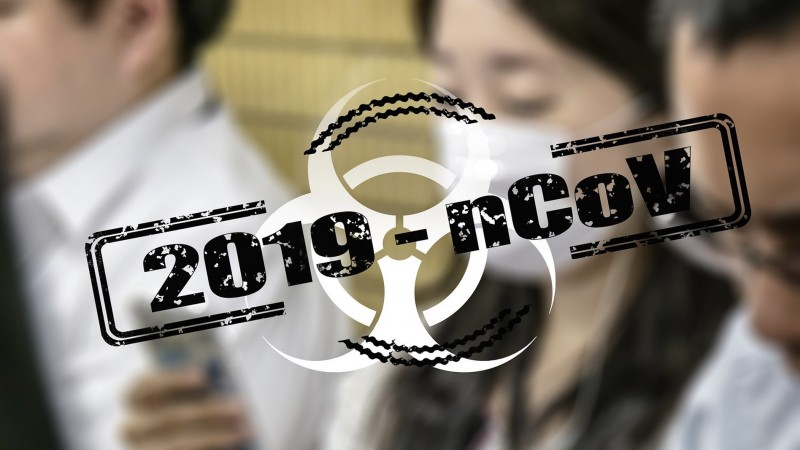Tips for Spotting Fake News
- Details
- Written by Drew Guthrie
- Category: Articles

Fake news. There's been a lot of discussion about it recently. While bogus stories and advertising cloaked as stories have been around for a long time, the Internet and now social media have helped to spread them quickly to more people. Being skeptical about the news or any information is a good idea no matter the source.
Being skeptical about the news or any information is a good idea no matter the source.
These tips can help you separate fake from real.
Read past the headline. Headlines are written to get your attention but they may not reflect what's in the article.
Check if the story was reported by other sources. Use a search engine to look for them. If it's based on other news stories, does it include links to original sources? If it does, check these sources out; if not, find the original source of the information. Are all the quotes correct or were they taken out of context?
If it's a site, read the "About Us" section. What are the staff's credentials? Red flags include no about us section, lack of specifics about who they are, and a section that raises more questions than it answers.
Does it present both sides? Pros and cons, agree and disagree, for and against, support and oppose are some of the many ways news can be presented.
Don't trust photos. Photos can be taken from other sites; so do an image search. Save the image or take a screenshot and crop out everything but the image. Go to Google Images and drag the image/screenshot into the search field. The results should tell you who or what is pictured and where it originated.
Look at the domain name and full URL. Using a domain name or URL that is similar to a legitimate site is a favorite ploy. Another is spoofing the URL of a legitimate site by using an unusual ending such as .com.co.
For More Information
These articles have more tips:
- A Finder's Guide to Facts from NPR
- How to Spot Fake News from FactCheck.org


































